Samsung Galaxy S20 Fan Edition vs Galaxy S20 vs Galaxy S10
Is the Fan Edition the best choice for Samsung fans?

The Samsung Galaxy S20 range launched back in February, but it now has a new addition dubbed the Samsung Galaxy S20 Fan Edition. This is essentially a Galaxy S20 Lite in all but name, meaning it’s cheaper than the rest of the range but still packs in many of the same features.
So what exactly do you get by opting for the Samsung Galaxy S20 Fan Edition over the regular Galaxy S20? And is it an upgrade on the Samsung Galaxy S10?
To answer those questions and make your buying decision easier, we’ve compared the three phones across all the areas that matter, so read on for a full overview of each.
Design
As soon as you pick up the Samsung Galaxy S20 Fan Edition it should be clear that you’re not dealing with a flagship, as it has a plastic back, while the other two models have glass.
However, it doesn’t miss out on every premium design feature, as all three phones are IP68 certified, meaning you can safely get them wet. All three phones also have a metal frame.
And the three look somewhat similar from the front, as they each pack an all-screen design with a punch-hole camera, though while the Samsung Galaxy S10 puts the camera in the top right corner, the Galaxy S20 and S20 Fan Edition both put it in the middle of the top.
The backs visually differ a bit too, as while the S20 and S20 Fan Edition have a large camera block in the top left corner, the S10 has its cameras running horizontally across.
Get daily insight, inspiration and deals in your inbox
Sign up for breaking news, reviews, opinion, top tech deals, and more.
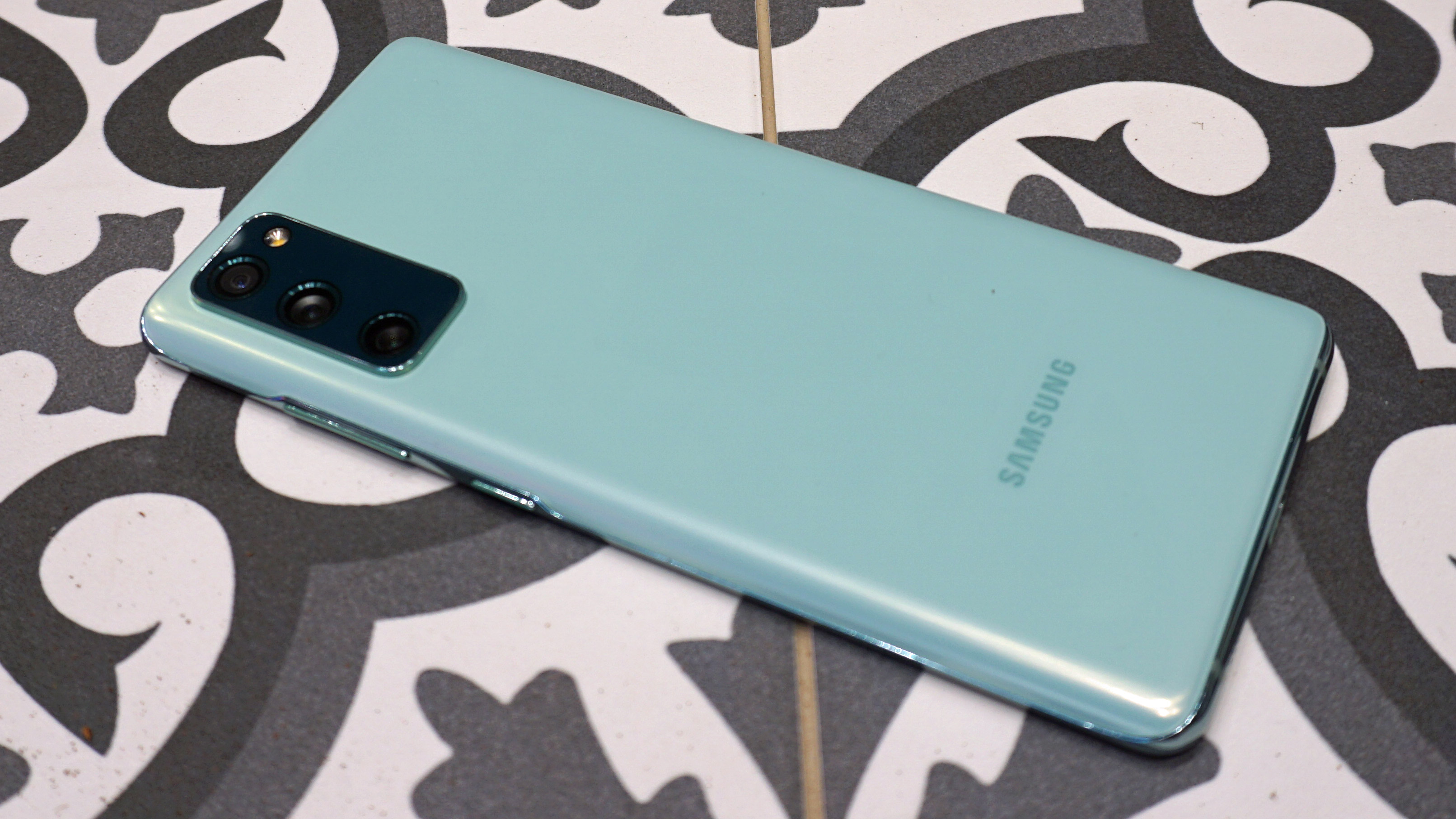
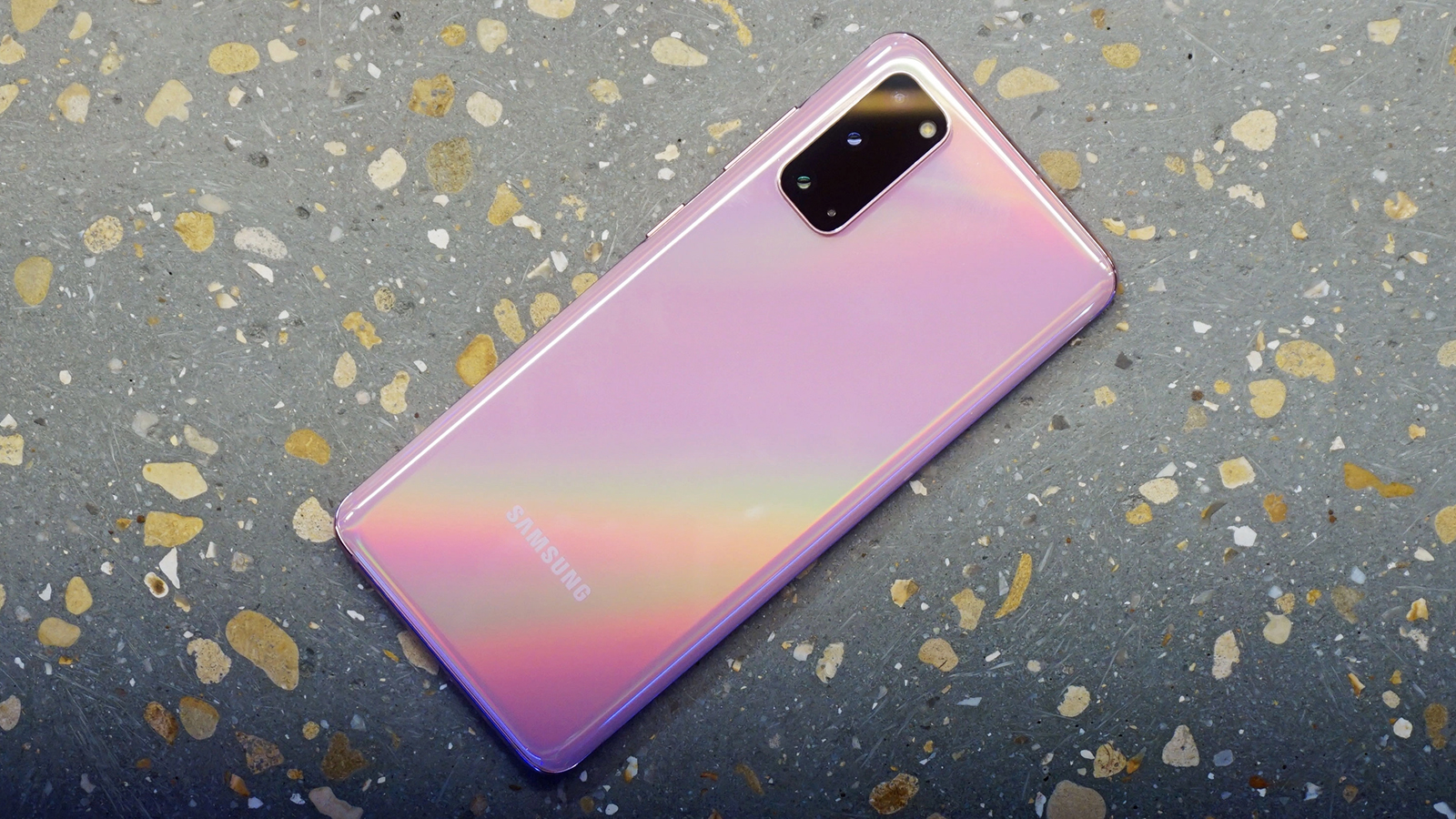

As for colors, the Samsung Galaxy S20 Fan Edition comes in Cloud Navy, Cloud Red, Cloud Lavender, Cloud Mint, Cloud White, and Cloud Orange shades.
The Galaxy S20 meanwhile is available in Cosmic Grey, Cloud Blue, Cloud Pink, Cloud White, and Aura Red, and the Galaxy S10 comes in Prism White, Prism Black, Prism Green, Prism Blue, Canary Yellow, Flamingo Pink, Cardinal Red, and Smoke Blue. Note however that not all shades will necessarily be available in all regions.
Their weights and dimensions also differ, with the Samsung Galaxy S20 Fan Edition coming in at 190g and 159.8 x 74.5 x 8.4mm, while the Samsung Galaxy S20 is 163g and 151.7 x 69.1 x 7.9mm, and the Samsung Galaxy S10 is 157g and 149.9 x 70.4 x 7.8mm. So while none of these phones are especially hefty, the S20 Fan Edition is the biggest and heaviest, but then it does have the biggest screen.
Screen
The Samsung Galaxy S20 Fan Edition has a flat 6.5-inch 1080 x 2400 AMOLED screen, making it the biggest but lowest resolution of the three, as the standard Galaxy S20 has a curved 6.2-inch 1440 x 3200 screen (making it the highest resolution), and the Samsung Galaxy S10 is slightly smaller at 6.1 inches, with a 1440 x 3040 curved screen.
It’s not just size that the Galaxy S20 Fan Edition has over the Galaxy S10 though, as both it and the standard Samsung Galaxy S20 have a refresh rate of up to 120Hz, whereas the Galaxy S10 is stuck at 60Hz.
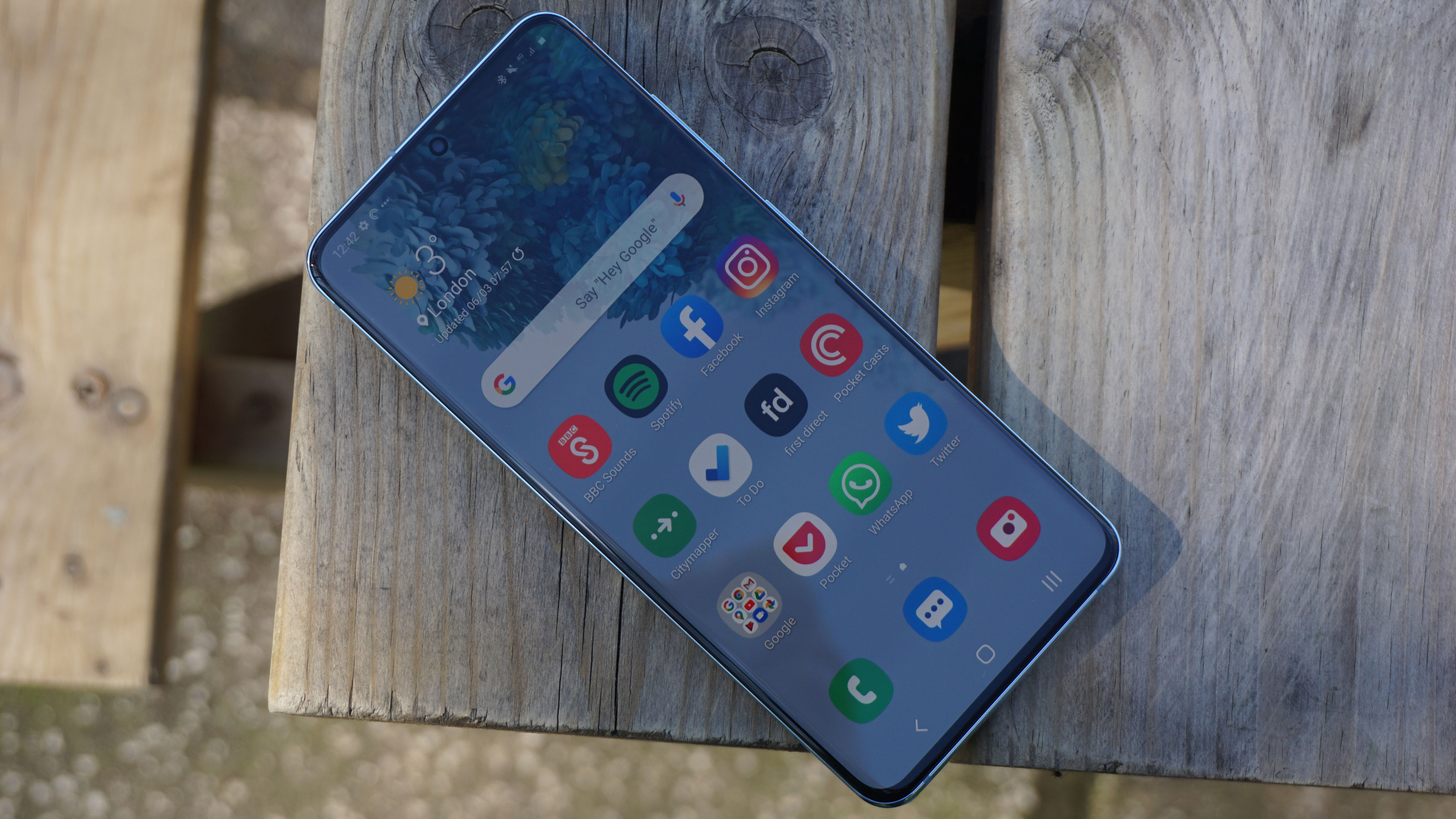
It’s worth noting though that with the standard S20 you have to drop the resolution to FHD+ to get a 120Hz refresh rate, which puts it on a par with the resolution found on the S20 Fan Edition.
So when it comes to the screen, choosing between the S20 Fan Edition and the S10 is mostly a case of choosing between a bigger screen with a higher refresh rate (in the case of the S20 Fan Edition) or a smaller one with a higher resolution (in the case of the S10). In terms of overall quality though the standard Samsung Galaxy S20 has them both beaten.
Camera
All three of these phones have triple-lens cameras and they’re quite similar setups too, but not identical.
The Samsung Galaxy S20 Fan Edition has a 12MP f/1.8 main camera with optical image stabilization (OIS), plus a 12MP f/2.2 ultra-wide one, and an 8MP f/2.4 telephoto one with OIS, 3x optical zoom, and up to 30x digital zoom.
The Samsung Galaxy S20 on the other hand has a similar 12MP f/1.8 main camera with OIS and 12MP f/2.2 ultra-wide one, but its telephoto camera is a 64MP f/2.0 one with OIS, 3x lossless zoom, and 30x digital zoom.

Finally, the Samsung Galaxy S10 has a 12MP variable aperture main snapper, which can move between f/1.5 and f/2.4. This also has OIS, but the sensor is smaller than on the other two phones, meaning it will struggle more in low light.
The Galaxy S10 also has a 16MP f/2.2 ultra-wide camera, and a 12MP f/2.4 telephoto one with OIS, capable of 2x optical zoom.
Moving on to the front-facing cameras, you get a 32MP f/2.2 one on the Galaxy S20 Fan Edition, while the Samsung Galaxy S20 has a 10MP f/2.2 one, and the Galaxy S10 has a 10MP f/1.9 one.
We’ll have to put the Samsung Galaxy S20 Fan Edition through a full review to properly assess its cameras, but overall on paper it sounds like it might be a small upgrade on the Galaxy S10’s, while the standard S20 likely has the best of the three – certainly we were impressed with its cameras in our review.
Battery life
The Samsung Galaxy S20 Fan Edition has the biggest battery of the bunch at 4,500mAh – though of course it also has the biggest screen so it'll use more power. It supports 25W fast charging, 15W wireless charging, and reverse wireless charging.
The standard Samsung Galaxy S20 has a 4,000mAh battery with the same charging specs, and the Samsung Galaxy S10 has a 3,400mAh battery with 15W charging (both wired and wireless) and reverse wireless charging.
At the time of writing we haven’t yet fully assessed the battery life of the Samsung Galaxy S20 Fan Edition, but we found the Galaxy S20 and Galaxy S10 both had solid battery life – comfortably getting through a day, but unlikely to stretch to two.
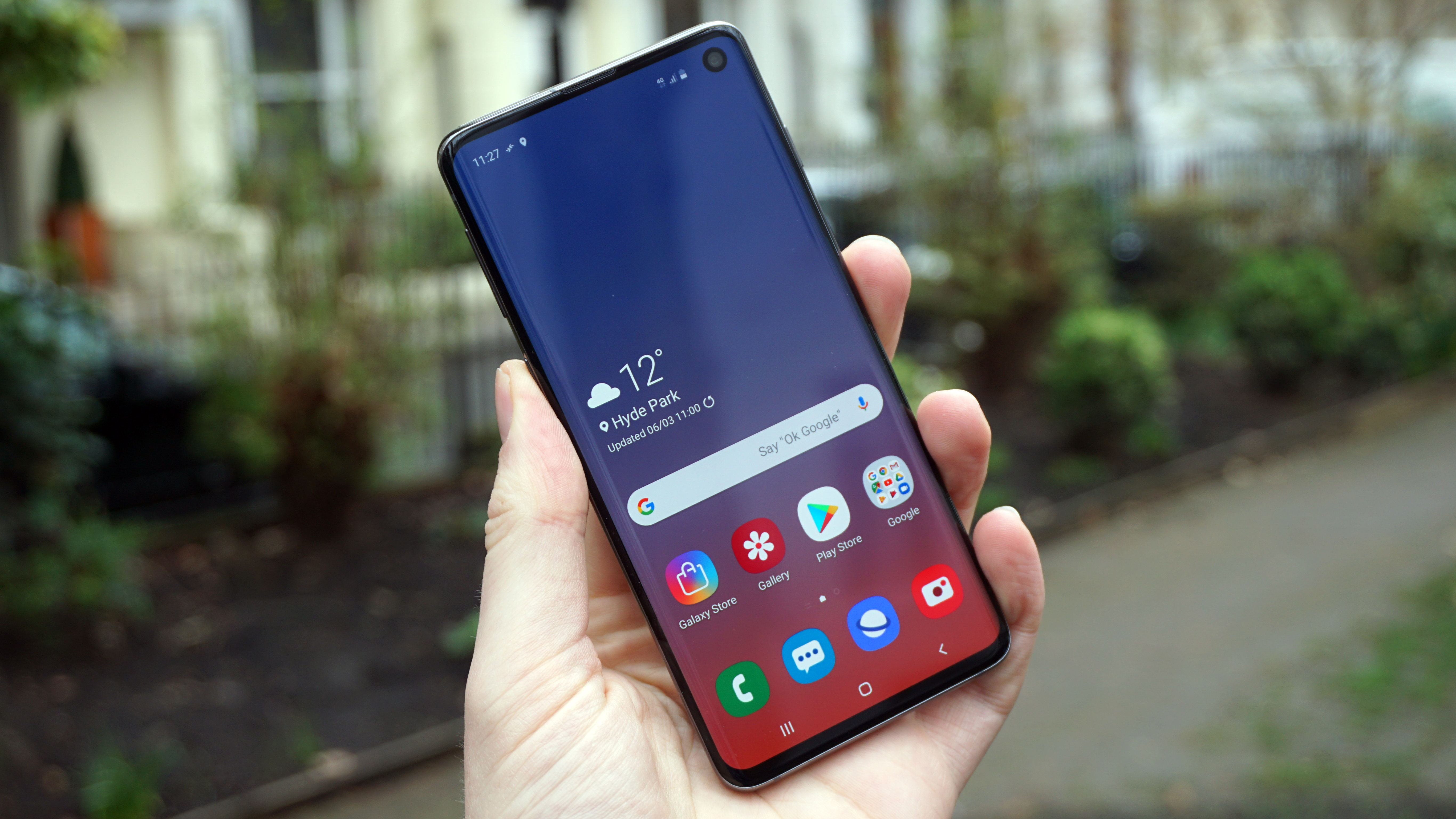
Specs and features
While the Samsung Galaxy S20 Fan Edition is the lowest end model in the S20 range, it certainly doesn’t lack for power, as it has 6GB of RAM and either an Exynos 990 chipset (in the 4G model) or a Snapdragon 865 (in the 5G one). The former is the top of its range, while the latter is slightly beaten by the Snapdragon 865 Plus, but is still found in many 2020 flagships.
In fact, the standard Samsung Galaxy S20 also has either the Exynos 990 or Snapdragon 865 chipset, depending on region (with the US getting the Snapdragon and most other places getting the Exynos), though it’s paired with 8GB or 12GB of RAM.
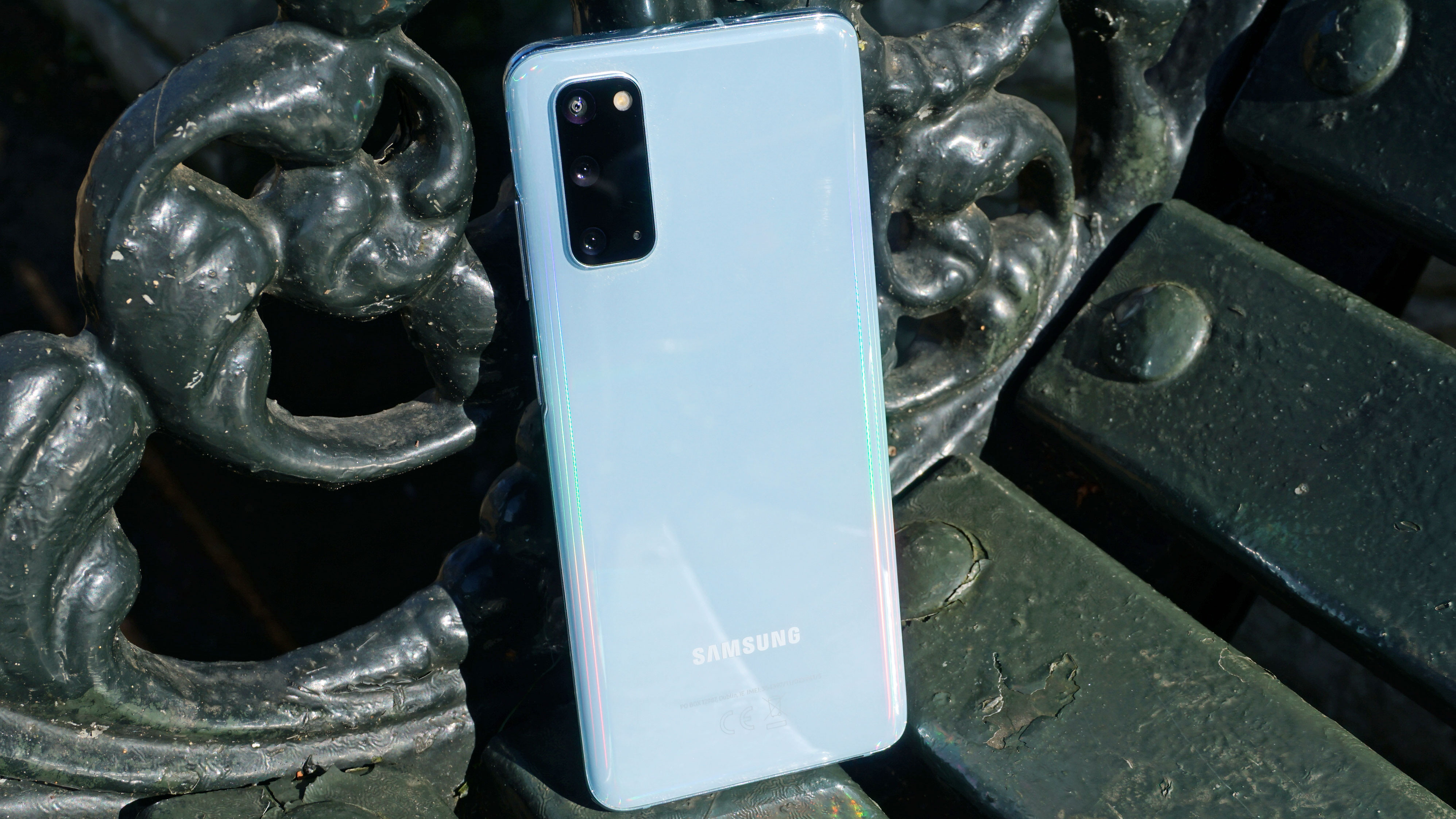
Finally, the Samsung Galaxy S10 has either the Exynos 9820 or Snapdragon 855, with the same region split. They were both top-end in 2019 but have been beaten by the chipsets in the S20 and S20 FE.
Though the S10 again has 8GB of RAM, meaning that while it has the worst chipset, it has more RAM than the Samsung Galaxy S20 Fan Edition.
It also potentially has more storage, with a choice of 128GB or 512GB, while the Samsung Galaxy S20 and Galaxy S20 Fan Edition both have just 128GB. But all three phones also have a microSD card slot.
It’s worth noting that you can’t get 5G with the Galaxy S10, so that’s one other advantage of the S20 and S20 Fan Edition, and all three phones run Android 10 at the time of writing, but we’d expect they’ll get updated to Android 11. Oh, and all three phones also have an in-screen fingerprint scanner.
Price and availability
The Samsung Galaxy S20 Fan Edition starts at £599 / AU$999, for which you get the 4G model. If you want the 5G version it rises to $699 / £699 / $1,149 – this is also the only version that’s available in the US. In the US and UK the phone is hitting stores on October 2, while in Australia you’ll have to wait until October 9.
The Samsung Galaxy S20 is out now and starts at £799 / AU$1,349 for a 4G version with 8GB of RAM. If you want 5G and 12GB of RAM you’re looking at $999 / £899 / AU$1,499. At least, those were the launch prices, but some stores now sell the phone for a bit less. As with the Fan Edition you can’t get the 4G model in the US.
The Samsung Galaxy S10 meanwhile theoretically starts at $749 / £669 / AU$1,149 for 128GB of storage, rising to $1,149 / £999 / AU$1,699 for 512GB, though you can potentially get it for a lot less at some stores. As noted above this phone only comes in a 4G version - there's the Samsung Galaxy S10 5G but that's actually a different phone.
So at least in terms of starting price the Samsung Galaxy S20 is the most expensive of these phones, as you’d expect, while the Samsung Galaxy S20 Fan Edition is theoretically the cheapest, but if you shop around then the Galaxy S10 can probably be found for a similar price or even a little less. But then the S10 is also smaller, less powerful, and lacking 5G – all it really wins out on is the build and the resolution.
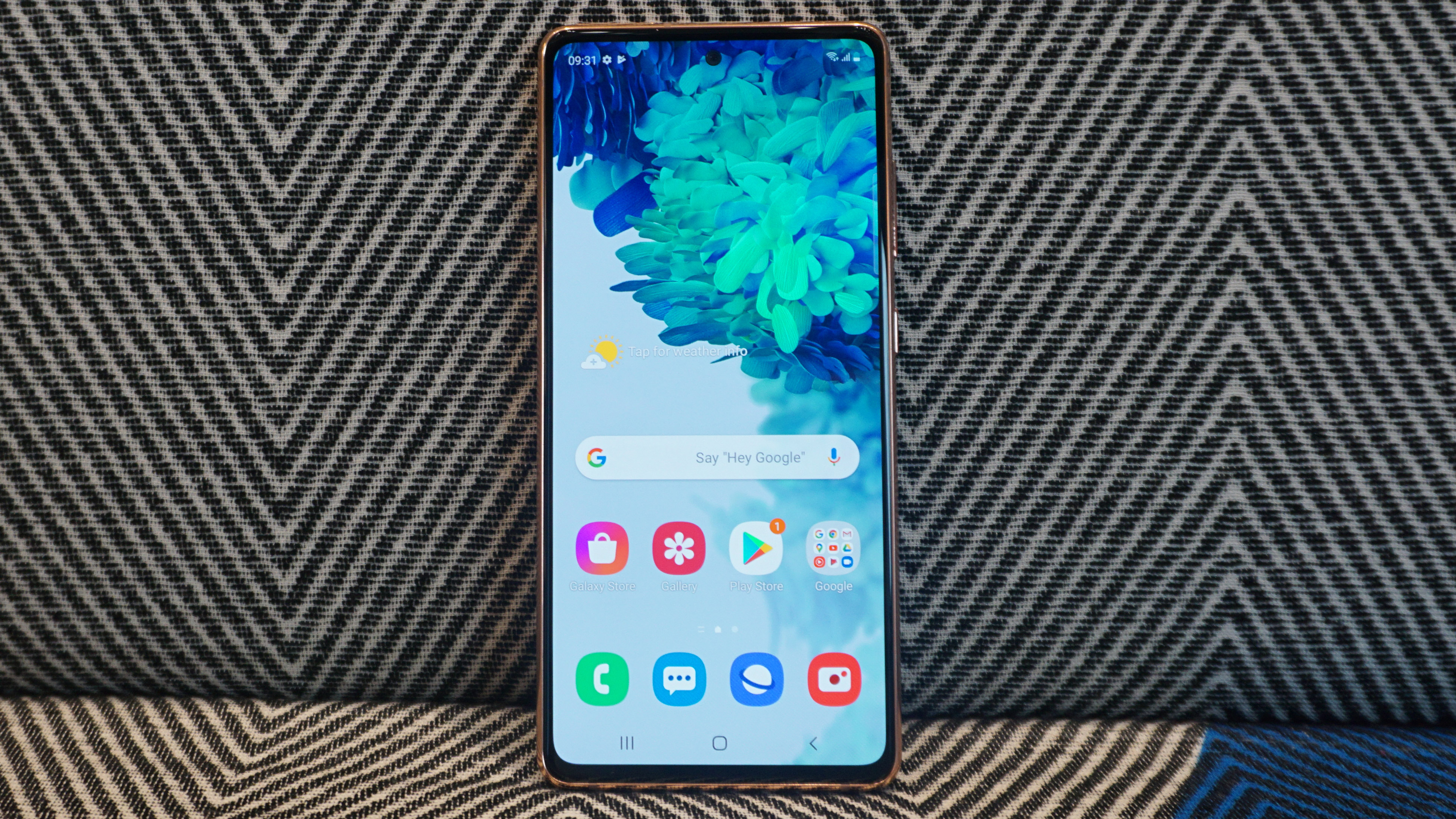
Takeaway
The Samsung Galaxy S20 Fan Edition manages to retain many of the things you’d expect in a flagship Samsung phone, but comes in at a much lower price than the standard S20 thanks presumably to its plastic back and lower resolution screen.
Despite those compromises it actually has the biggest display and battery of the three phones compared here, and rivals the others in most other ways – at least on paper.
So if you don’t need the very best of everything it could make for a tempting buy, unless you happen to find the Samsung Galaxy S20 at a good sale price (which with Amazon Prime Day just around the corner at the time of writing you might do soon).
The Samsung Galaxy S10 meanwhile is starting to show its age, so unless you can find it for a chunk less than the Fan Edition, it’s probably not the best choice. Though if you already have an S10 there’s probably no need to upgrade to the S20 Fan Edition, as the improvements look minor, and it’s a step down in some ways.
- After alternatives? Check out the best Samsung phones
James is a freelance phones, tablets and wearables writer and sub-editor at TechRadar. He has a love for everything ‘smart’, from watches to lights, and can often be found arguing with AI assistants or drowning in the latest apps. James also contributes to 3G.co.uk, 4G.co.uk and 5G.co.uk and has written for T3, Digital Camera World, Clarity Media and others, with work on the web, in print and on TV.